Introduction to Mahakala

Mahakala, a formidable and revered figure in both Hinduism and Buddhism, stands out as one of the most significant wrathful deities. His name, derived from the Sanskrit words ‘Maha’, meaning ‘great’, and ‘Kala’, signifying ‘time’ or ‘death’, encapsulates his transcendent power over the forces that govern existence. This powerful deity embodies the ultimate dominion over time and mortality, representing an omnipotent force that is both creator and destroyer.
In the realm of these ancient faiths, Mahakala is venerated as a fiercesome protector and a guardian of the sacred dharma. His presence is integral to the purification of negative karma and the dispelling of obstacles, ensuring the preservation and propagation of spiritual teachings. In the intricate tapestry of Tantric Buddhism, Mahakala is often associated with the eight protective deities, known as the ‘Dharmapalas’. These deities, with Mahakala at the forefront, serve as the fierce defenders of Buddhist practice and the upholders of cosmic order.
The iconography of Mahakala is rich with symbols of his power and ferocity. Typically depicted with a dark complexion, multiple arms, and a crown of skulls, he embodies both the terror of untamed energy and the compassionate intent to protect the spiritual aspirants. This dual nature reflects the transformative power he wields: fierce and unyielding against negativities while being a steadfast guardian for those on the path of enlightenment.
The dual reverence for Mahakala in Hinduism and Buddhism signifies his universal nature and wide-ranging influence as a deity who transcends the boundaries of individual faiths. His role as a protector god resonates across the philosophies, underpinning the cyclical nature of life, death, and rebirth, and emphasizing the importance of spiritual integrity and cosmic protection.
Mahakala in Hinduism
Mahakala, a significant deity revered in Hinduism, embodies both the fearsome and protective aspects within the cosmic order. This multifaceted figure is often associated with Lord Shiva, representing his fierce guise that administers the destruction of obstacles, ego, and ignorance. One of his primary attributes is his portrayal as the devourer of time, symbolizing the cyclic nature of creation and dissolution within the universe.
In Hindu cosmology, Mahakala is depicted in several forms, each embodying unique attributes that augment his formidable presence. Among these forms, Bhairava is the most notable, embodying the destruction necessary for regeneration and balance. The scriptures describe him adorned with serpents and skulls, often depicted with a ferocious demeanor to signify the eradication of evil and negativity. His dark complexion is a metaphor for the transcendental realm beyond ordinary perception.
Numerous myths and legends surround Mahakala, enriching his lore within Hindu traditions. One prominent legend details Mahakala’s emergence from Shiva’s forehead, born out of rage to vanquish the demon Andhaka, thereby showcasing his role as a protector and destroyer of demonic forces. These narratives underscore his unwavering connection to Lord Shiva, furthering his veneration as an integral aspect of the supreme deity.
Mahakala holds a pivotal role in Hindu worship practices. Devotees appeal to him for protection and the removal of hurdles in their spiritual and worldly pursuits. Shrines and temples dedicated to Mahakala, such as the revered Mahakaleshwar Temple in Ujjain, India, mark significant pilgrimage sites where intricate rituals and grand festivals like the Mahakala Chaturdashi are celebrated. These occasions are marked with fervent devotion, mantras, and offerings, reinforcing Mahakala’s protective and transformative powers within the Hindu faith.
Mahakala in Buddhism
In the intricate tapestry of Buddhist cosmology, Mahakala emerges as a significant protector deity, primarily within the realm of Tantric Buddhism. His origins in the Buddhist pantheon trace back to the assimilation and adaptation of pre-existing deities when Buddhism spread to new regions, integrating local deities into its diverse array of protectors. Mahakala, with a wrathful and formidable visage, epitomizes the relentless force against ignorance and malevolent forces, serving as a guardian for practitioners on their spiritual path.
Characterized by his fierce, often terrifying appearance, Mahakala wields a variety of symbolic implements, each representing an aspect of his protective nature. The flayed elephant skin he sometimes dons symbolizes the removal of obstacles, while his skull crown signifies his mastery over the cycle of life and death. His dark complexion conveys the idea of absorbing and dissolving all known and unknown negativity. These symbols, far from depicting mere violence, express transcendent qualities aimed at the spiritual safeguarding of followers.
Mahakala’s invocation is deeply embedded in the rituals and practices of Tantric Buddhism. Devotees call upon him to dispel impediments both spiritual and mundane. Traditional practices involve specific mantras, visualization techniques, and ritual offerings, often conducted by accomplished practitioners to harness Mahakala’s protective energies. These rituals are believed to pacify hindrances, ensuring a smoother journey toward enlightenment.
In Buddhist art, Mahakala is portrayed in a variety of formidable forms, each variant associated with different aspects of his protective function. These depictions commonly feature him with multiple arms holding various weapons, indicating his ability to combat diverse forms of evil. The visual representation of Mahakala, often surrounded by flames, reflects his dynamic role as both a destroyer of obstacles and a fierce defender.
Thus, Mahakala stands as an integral figure in Buddhist traditions, embodying the might and mercy necessary to shield and support practitioners. His rituals and representations serve as constant reminders of the eternal struggle against ignorance, encouraging a transformative path towards ultimate spiritual liberation.
The Eight Protective Deities and Mahakala’s Role
In the intricate tapestry of Tantric Buddhism, the eight protective deities, known as the Dharmapalas, play an indispensable role in maintaining the sanctity and purity of the Dharma. These deities, each with unique attributes and responsibilities, collectively guard the spiritual path, ensuring that practitioners remain free from obstacles and negative influences. Among these revered protectors, Mahakala holds a position of significant prominence.
Mahakala, often depicted as a fierce and formidable figure, is entrusted with the crucial function of safeguarding the Buddha’s teachings and preserving the spiritual journey of devotees. His wrathful appearance, embodying immense power and fearlessness, serves to intimidate and neutralize forces that threaten the Dharma. This protective aspect of Mahakala is not just symbolic but is deeply rooted in various Buddhist traditions and texts.
The Dharmapalas’ collective significance cannot be understated, as they operate in unison to create a fortified spiritual realm. Each deity contributes uniquely to this divine mission. For instance, while Palden Lhamo is known for her ability to avert disaster and bring justice, Kubera, the god of wealth, ensures material support for the sustenance of the Dharma. Together, these divine protectors form a comprehensive shield around the Dharma.
One of the most illustrative stories highlighting Mahakala’s protective actions can be found in the Mahakala Tantra. According to the text, Mahakala once intervened during a critical moment when a disciple was on the brink of spiritual collapse due to overwhelming distractions and adversities. By invoking Mahakala’s divine intervention, the disciple was able to ward off these negative elements and realign with the path of enlightenment.
Such narratives underscore Mahakala’s pivotal role among the protective deities. His direct engagement in neutralizing hindrances and providing spiritual guidance exemplifies his commitment to the preservation of the Dharma. Thus, Mahakala stands as a testament to the enduring legacy of protection and support afforded to practitioners through the devoted guardianship of the Dharmapalas.

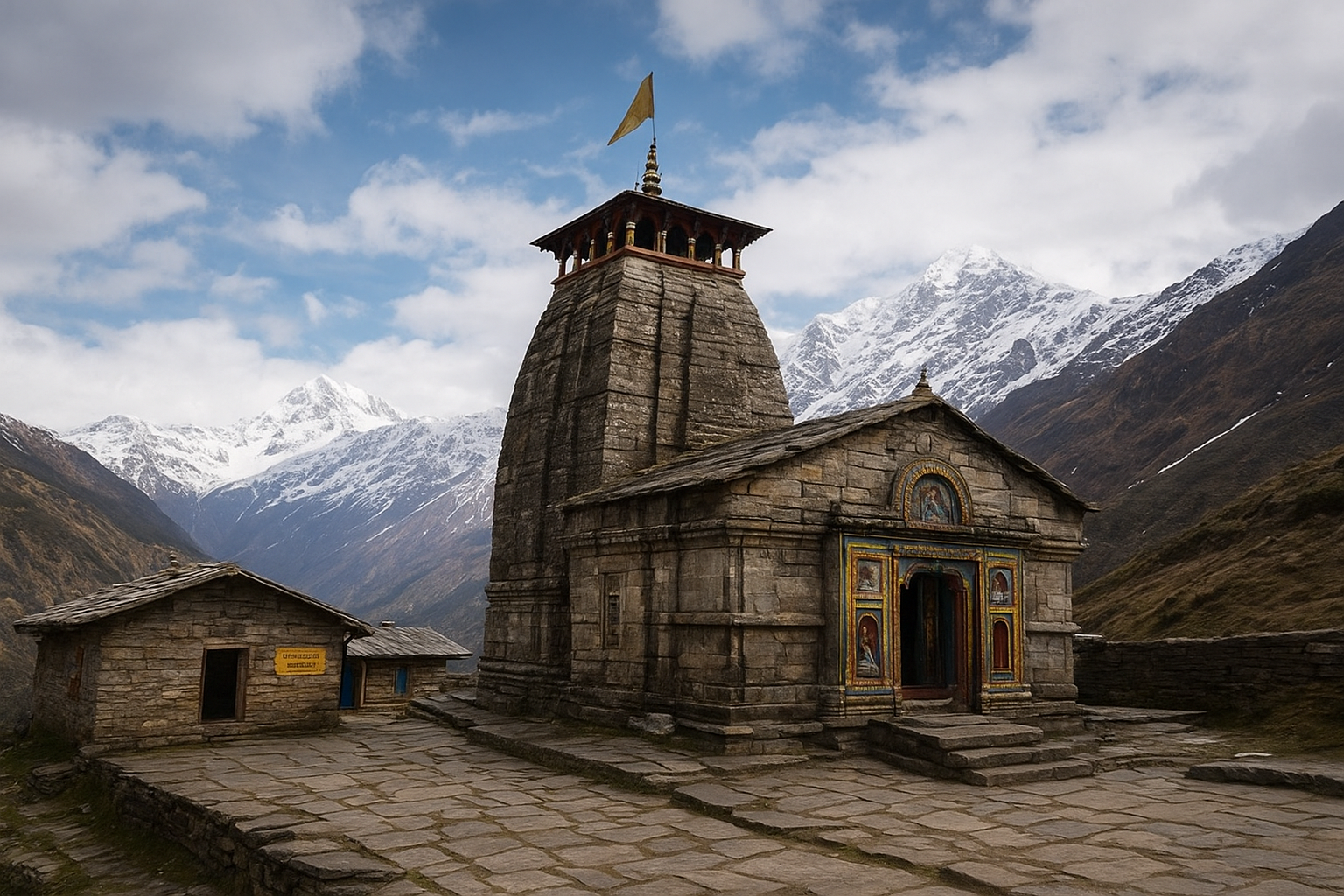
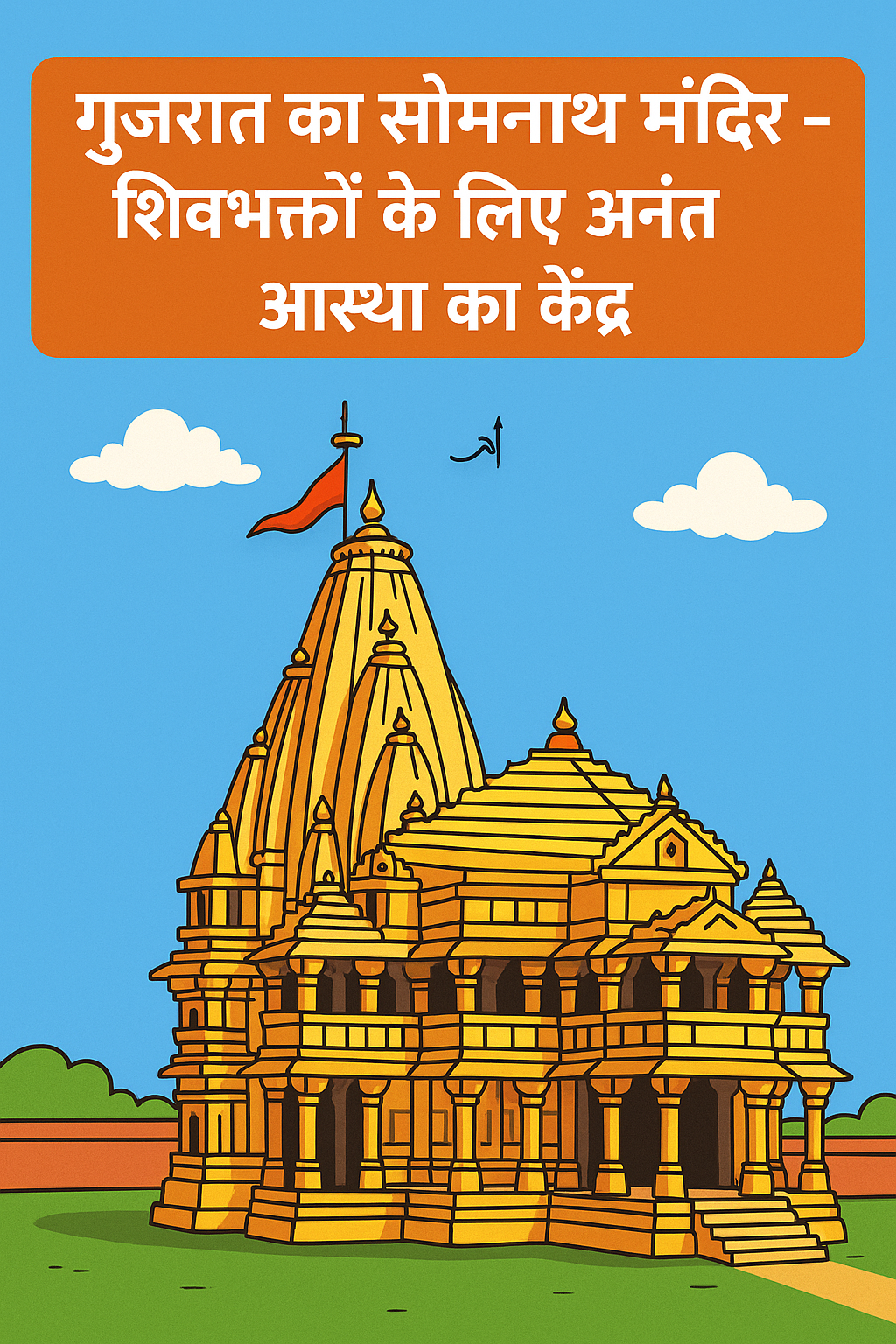
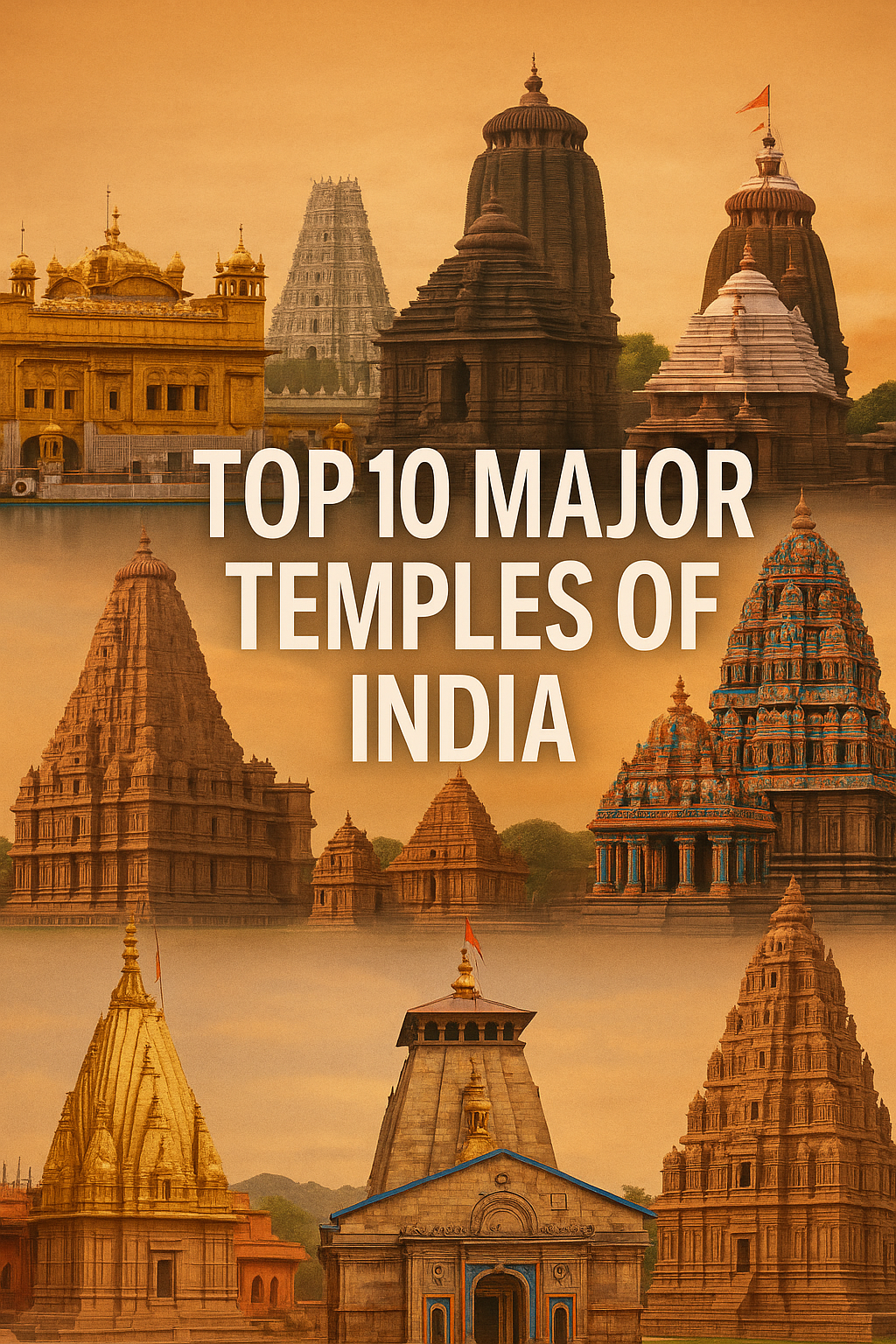
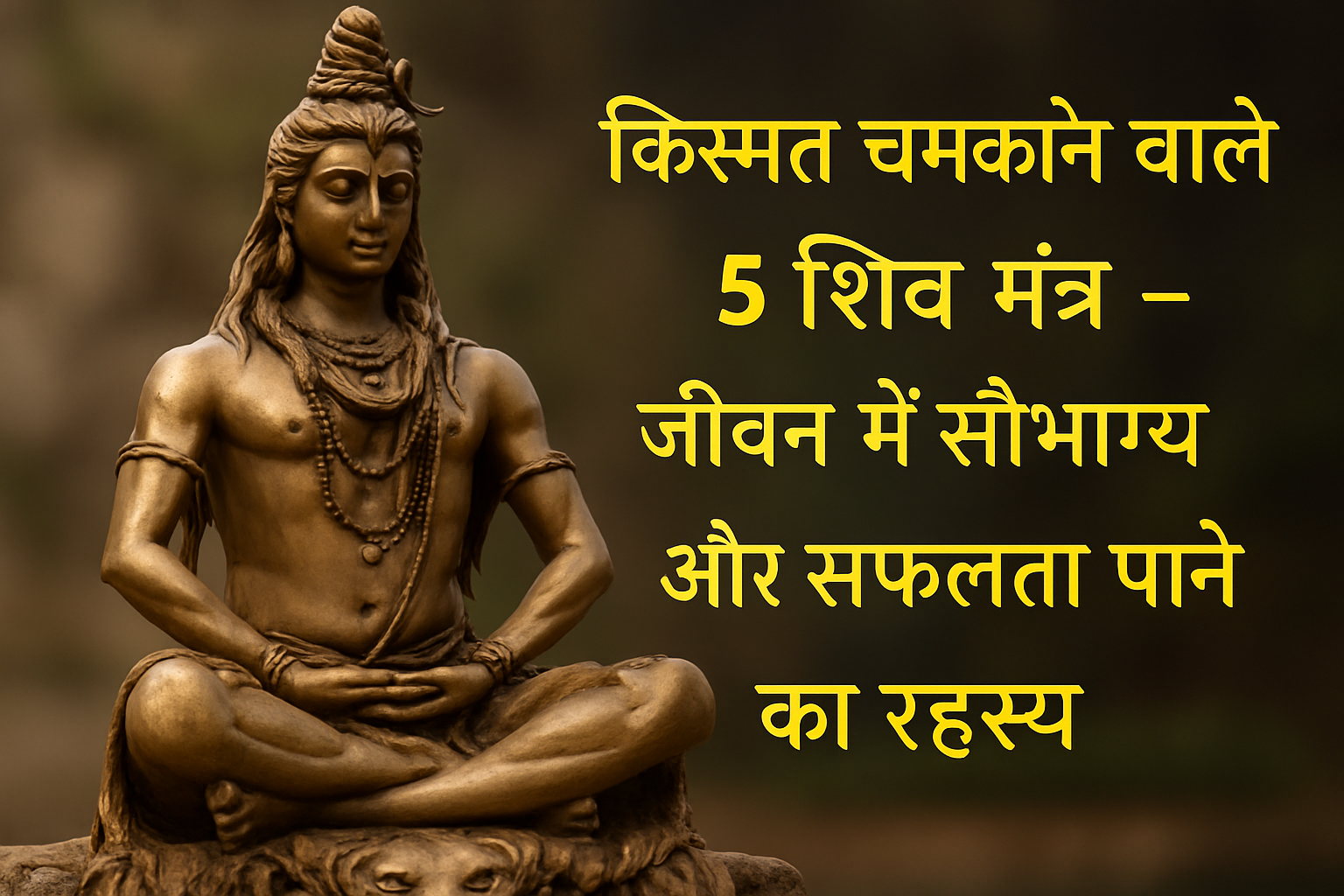

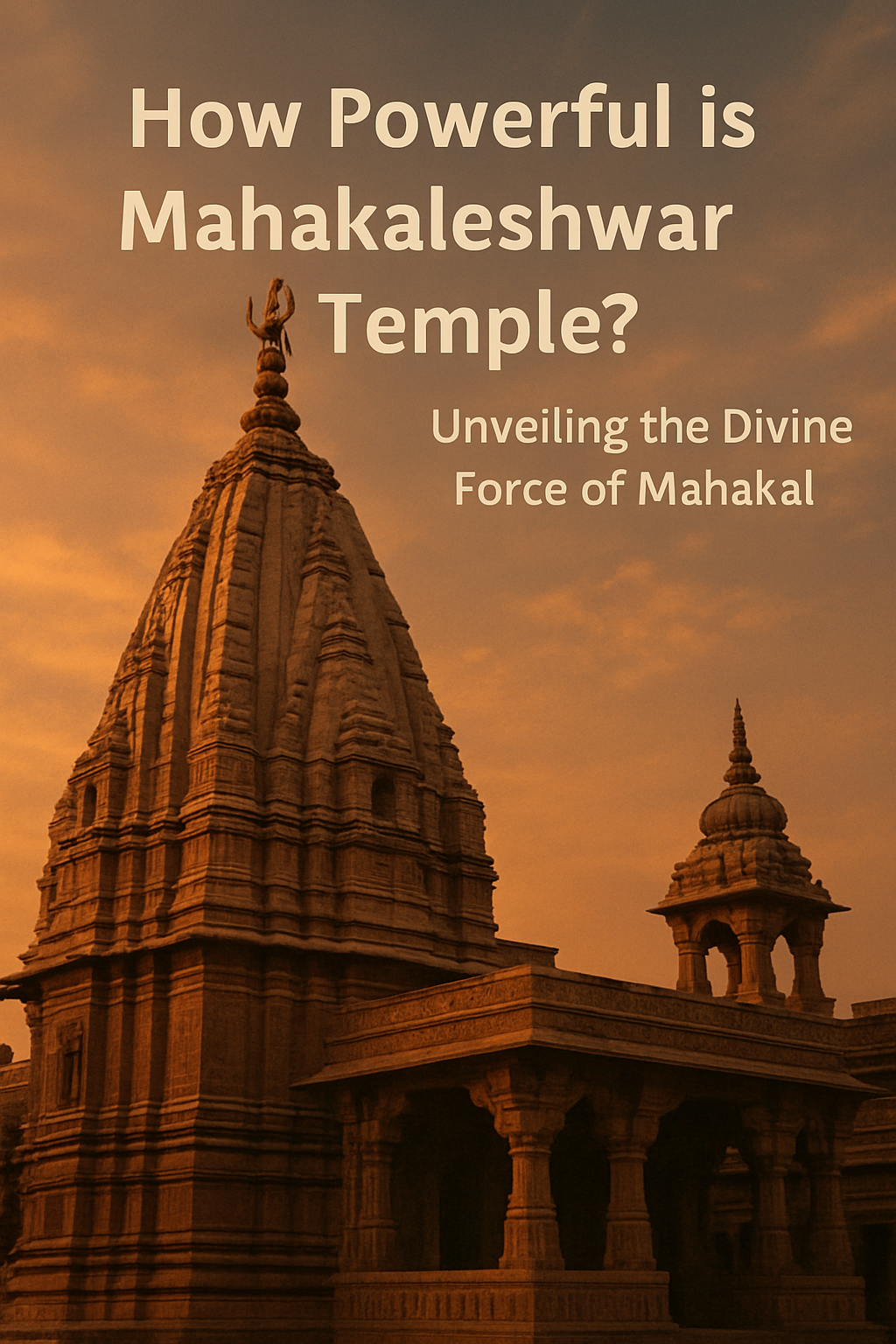

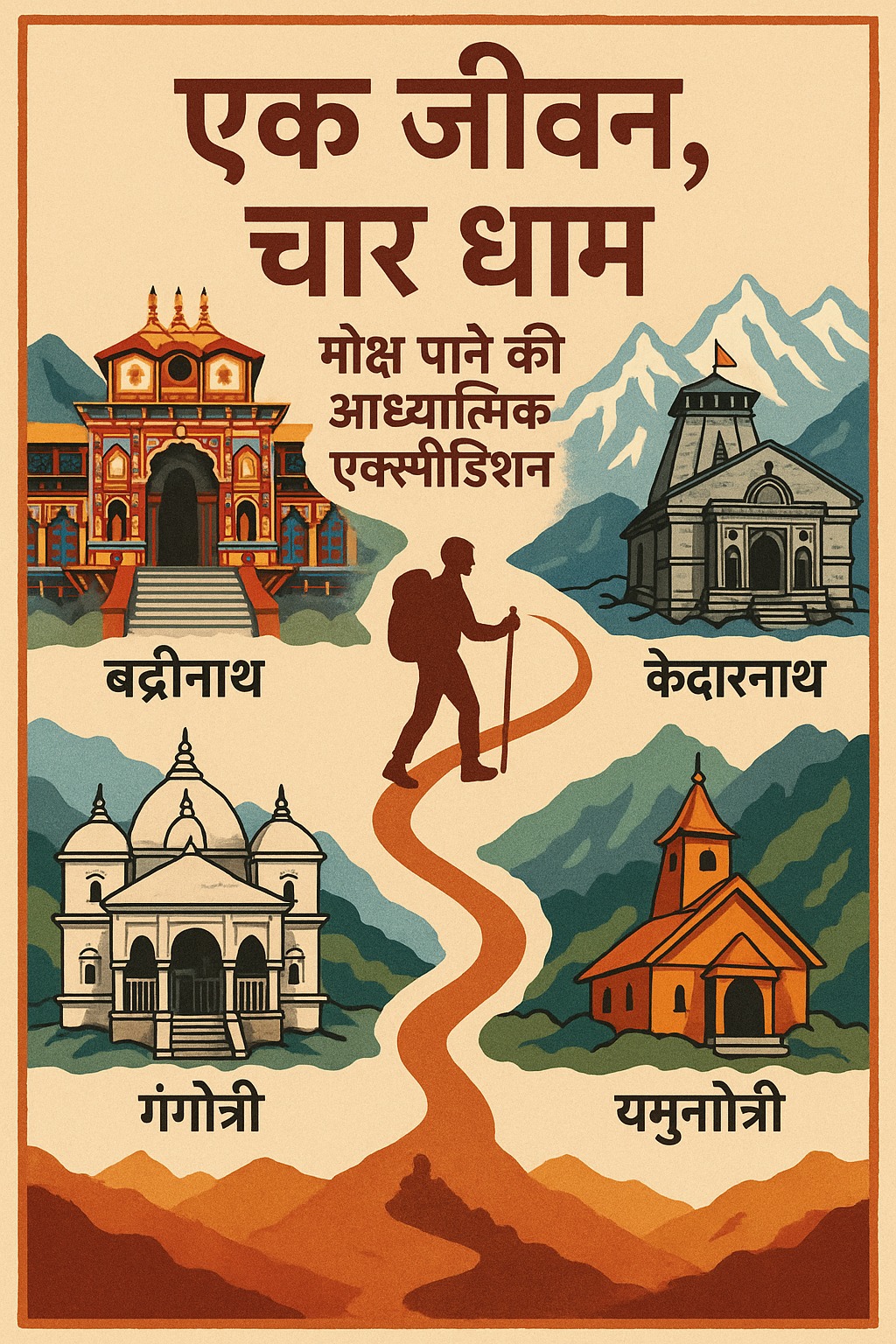





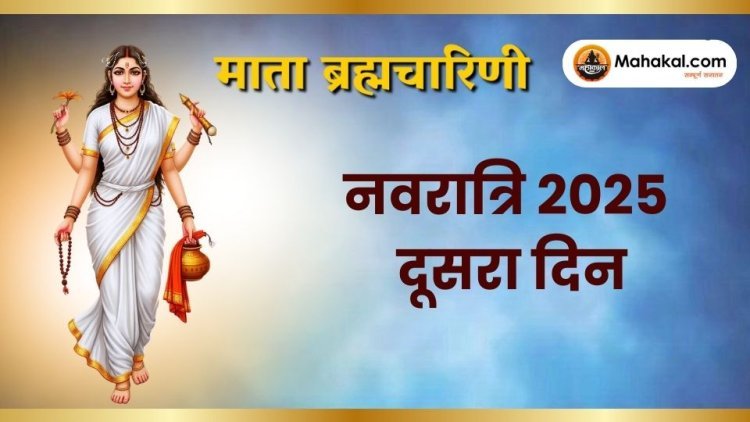
Leave a Reply